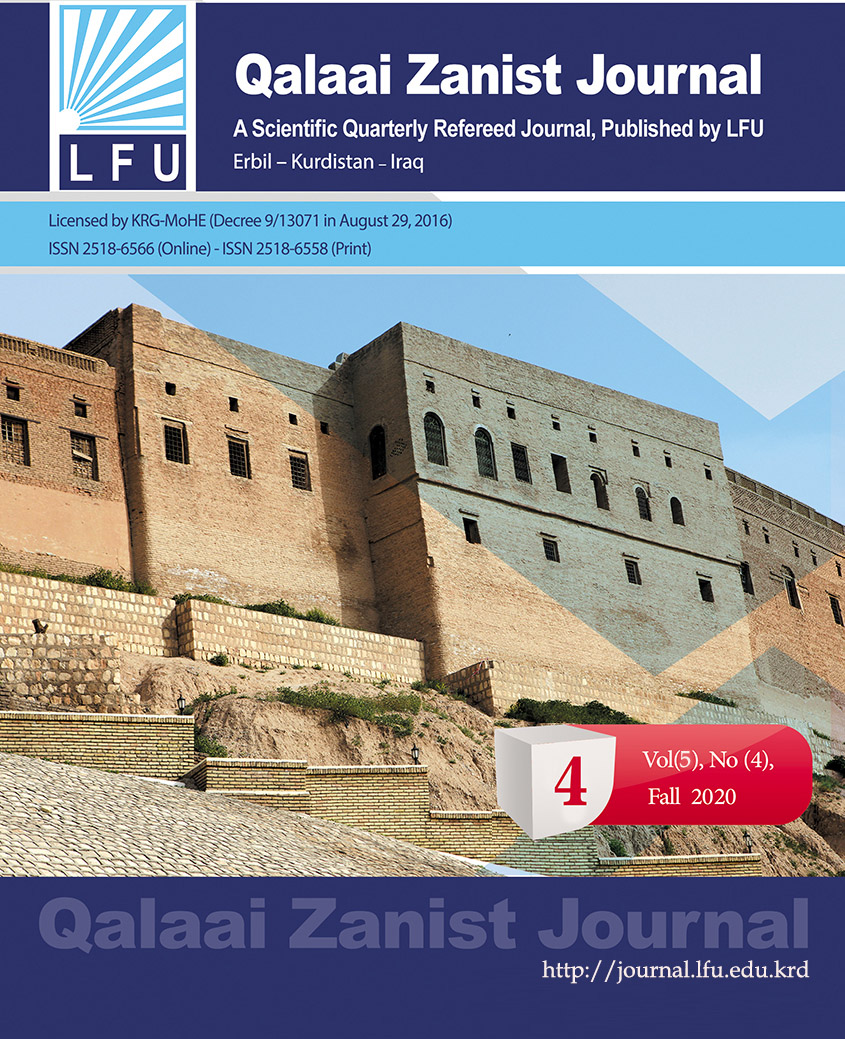Turkish foreign policy 2002-2015: search for a status as a regional power in the middle east
##plugins.themes.bootstrap3.article.main##
Abstract
Since the beginning of the third millennium, Turkey has taken a completely different foreign policy from previous decades towards different regions, taking advantage of the changes that the world had witnessed after the collapse of the Soviet Union. Turkey could not afford to remain unconcerned by the changes which occurred in the political landscape of the world. These changes have provided opportunities for Turkey to readjust its foreign policy from isolationist posture to an aggressive one especially in the regions which are historically tied, and geographically adjacent to Turkey .The change in the political system and its political orientation necessitated change in the objectives of the foreign policy of Turkey. Turkey has been trying to avail itself from the new changes to achieve the status of a middle power. One of the areas which Turkey tries during era of the Party of Development and Justice to invest in a lot politically and economically, especially after 2011 is the Middle East. We set out in our research to test Turkish foreign policy from lens of balancing versus bandwagoning. We maintain Turkish foreign policy under period of our study is based more on bandwagon approach rather than on balancing the threat of Russia. The methodology of this study is a mixed one; historical, descriptive, and content analysis. We followed chronological approach in the study to a large extent.
Downloads
##plugins.themes.bootstrap3.article.details##
How to Cite
Copyright (c) 2020 Lezan Younis Hussein، Othman Ali

This work is licensed under a Creative Commons Attribution 4.0 International License.

